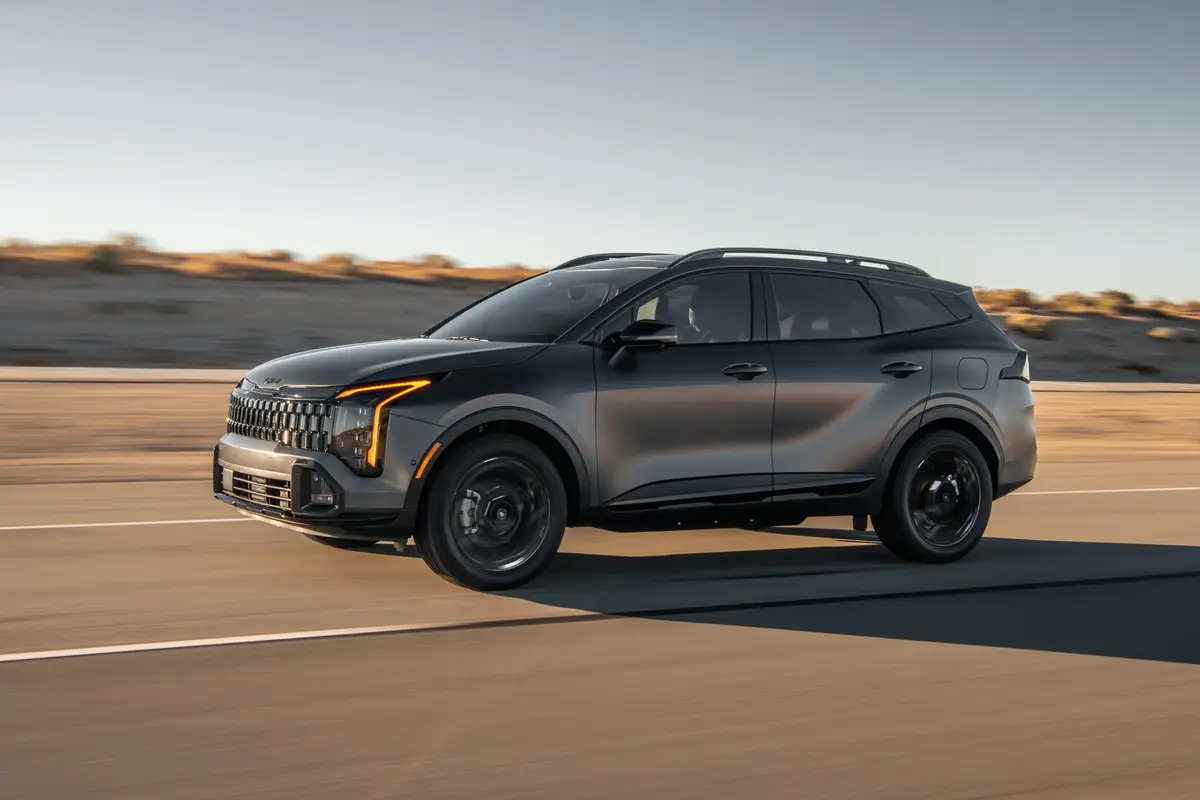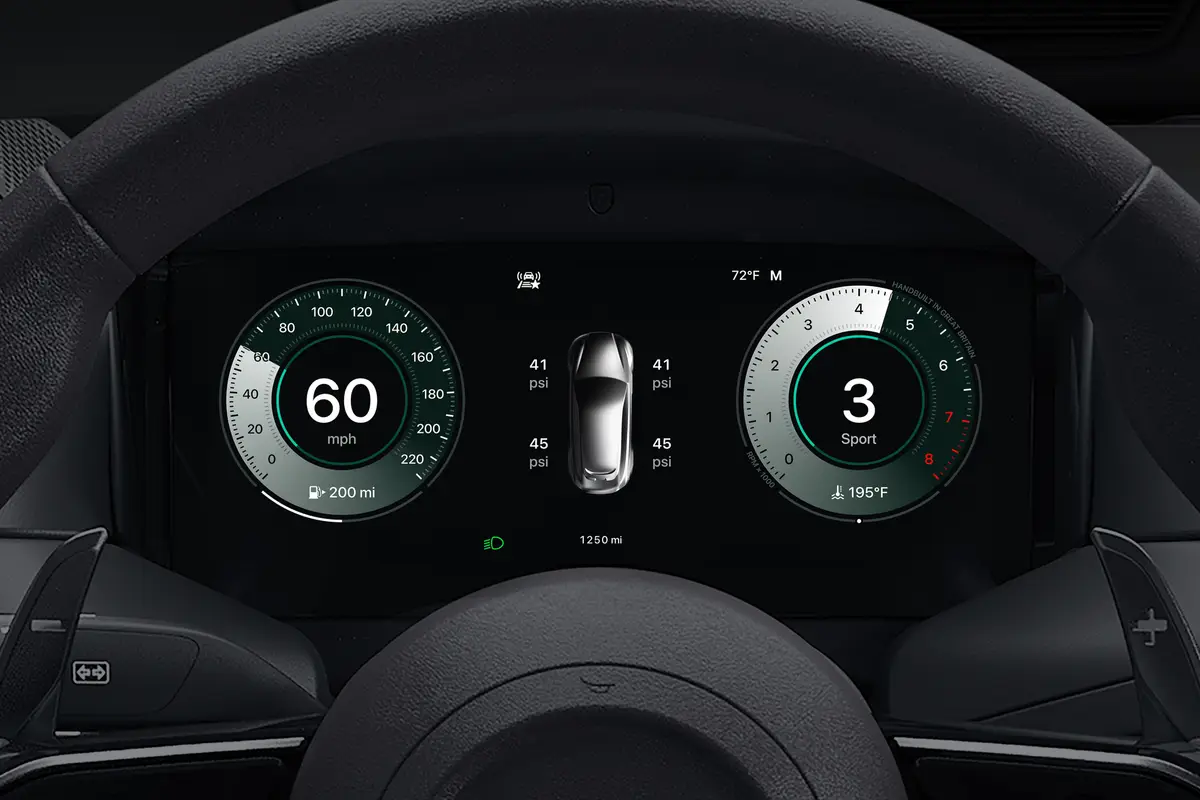chicagotribune.com's view
When Chrysler brought out its Dodge Caravan and Plymouth Voyager mini- vans in 1984, there were these complaints:
— The vehicles needed a bit more room for cargo and to allow occupants to stretch their legs.
— They also needed a more powerful engine, because the base 2.2-liter 4- cylinder was underpowered under full load and the optional 2.6-liter 4 from Mitsubishi was a mediocre power plant.
For 1987, Chrysler has responded to the critics. It is producing a 14.6- inch stretch of the front-wheel-drive mini-vans as Grand Caravan and Grand Voyager versions. And it is adding a larger, peppier 3-liter V-6, also from Mitsubishi.
We test drove the `87 Grand Voyager. Though longer and more powerful than the shorter version, the van retains all the features that prompted motorists into small vans in the first place: Smooth ride and manageable handling, whether cornering, merging or parking; great visibility from sitting higher off the ground than in a car, but not so high that the center of gravity makes you lose lateral stability; and decent mileage.
And with the wheelbase extended to 119 inches in the stretched version from 112 inches in the mini, and length going to 190.5 inches from 175.9 inches, you can hold more groceries or luggage and still have room for the people in the back two seats to stretch their legs. Occupants of the third seat, for example, gain two inches of leg room.
All that and you can parallel park with no more effort than in a station wagon. What`s more, the vehicle still fits in your garage.
Another plus for the Grand Voyager is the placement of the engine under the hood, not under the driver and passenger`s seat so you have to tear the vehicle apart for service and maintenance.
By not sitting over the engine and front axle, as in most Japanese mini- vans, you save yourself from being toasted after several miles of driving and being jostled each time you hit a tar mark in the road.
With an engine compartment, the Chrysler vans also boast a protruding nose that you can see from the driver`s seat, which adds a sense of security, knowing that something is ahead of you to absorb the impact in a collision. Most Japanese vans don`t offer that.
If you travel a lot with the family, you`ll appreciate the dual cup holders built into the dash, numerous stowage compartments in the rear, fold- up armrests on the back seats so the kids can lay down and take a nap in comfort and the 20-gallon fuel tank to extend your driving range.
In the short wheelbase versions, the 2.2-liter 4-cylinder is standard and the 3-liter V-6 optional. In the Grand versions, the Chrysler-built 2.5-liter 4-cylinder is standard with 5-speed manual transmission; the 3-liter V-6 is optional and available with only automatic.
Our concern is the engine. The 2.6-liter 4 from Mitsubishi, which will never enter the engine hall of fame, has bee n discontinued. The 3-liter Mitsubishi takes its place.
But we have to wonder how long Chrysler intends to go with that power plant. Will it be the same story as the 2.6? Will Chrysler use it as a stopgap unit until its trio of new V-6 engines is ready in the next two years? Of note, the Mitsubishi name doesn`t appear in the 3-liter V-6 engine compartment.
That 3-liter V-6 is supposed to be used in the 1988 C-body cars being built in Belvidere, the Chrysler New Yorker and Dodge Dynasty. Again, will Chrysler need the Japanese import when its own V-6s are built?
The 3-liter V-6 provides good power. It develops 140 horsepower and is about 20 percent quicker on acceleration than the 2.6, and Chrysler says it gets 1 mile per gallon better fuel economy. Our experience was that on three occasions when it was humid and the air conditioning was on full blast the engine died at the stoplight.
The 3-liter, a $600 option, is available only with automatic, which runs another $532. The EPA rating is 19 miles per gallon city and 23 m.p.g. highway with the 3-liter, 22/29 with the 2.5 and 5-speed and 19/22 with the 2.5 and automatic. The 2.5 develops 100 horsepower.
We suspect that in 1988 the 2.2-liter will be standard, the 2.5 optional in the short-wheelbase vans and the 2.5 standard, 3-liter optional in the Grand versions.
The Grand Voyager is offered in an SE version starting at $11,751 and an LE starting at $12,561. That compares with a base price of $10,411 for the standard short-wheelbase Voyager, $10,875 for the SE and $11,741 for the LE.
The Grand Voyager has AM radio as standard (AM/FM stereo in the LE) and power brakes and steering. The LE also offers a stowage compartment under the passenger`s seat, dual note horn and body side moldings. Air conditioning is an $840 option. All vans offer 7 year/70,000 mile powertrain and outer body rust-through coverage.
Latest news



